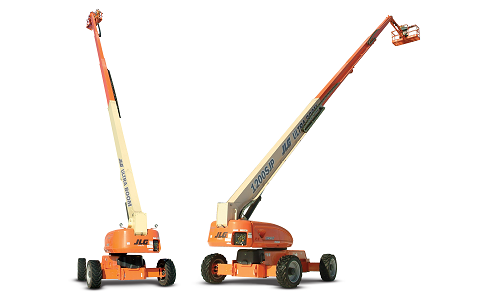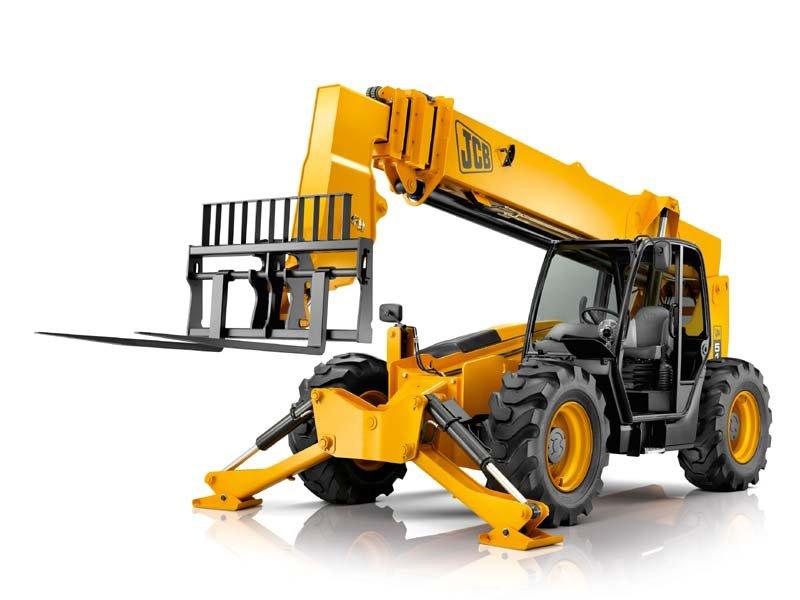Aerial Lift Rental: Versatile Training Solutions for High-Access Jobs
Aerial Lift Rental: Versatile Training Solutions for High-Access Jobs
Blog Article
Maximize Your Spending Plan by Comprehending the Costs Related To Building Tools Services
Recognizing the full range of costs linked with building tools leasings is vital for maximizing your budget. While the preliminary rental charge may appear uncomplicated, numerous additional costs-- such as transport, gas surcharges, and upkeep-- can promptly accumulate, affecting your economic preparation. Being conscious of various fees and the details of rental agreements can help stay clear of unanticipated financial problems. What approaches can be utilized to properly handle these prices and make sure an extra effective rental experience?
Introduction of Rental Prices
When taking into consideration building and construction tools rentals, understanding the associated expenses is critical for reliable budgeting and project planning. Rental expenses can differ considerably based upon a number of elements, including equipment kind, period of rental, and place. The initial rental cost usually shows the devices's market demand and its linked operational capacities, affecting the total expense.
In addition to the base rental rate, supplementary prices may emerge, such as transport costs, gas additional charges, and upkeep charges. It is crucial to make up these extra costs to accurately evaluate the overall cost of leasing devices. Additionally, the rental period can affect rates; longer services may get approved for affordable prices, while short-term services might incur greater daily costs.

Failure of Rental Prices
An extensive understanding of rental rates is important for service providers and job managers intending to maximize their budget plans. Rental rates for building equipment typically contain numerous elements, including base rates, time-based costs, and use charges.
Base rates are the core costs connected with the leasing of the tools, frequently determined by the type and size of the equipment. These prices can differ dramatically, affected by variables such as tools need, schedule, and local market fads. Time-based charges, which might be daily, weekly, or monthly, serve to suit various job timelines and rental durations.
Furthermore, rental prices may consist of use charges, which are relevant when equipment is used past a specified limit, making sure that the rental business can represent damage. Seasonal demand fluctuations can also influence rental prices, with peak construction seasons usually regulating greater rates.
Furthermore, recognizing the rental business's plans pertaining to upkeep and insurance policy can provide more understanding right into the overall price structure. By examining these elements, specialists can make educated decisions, making certain the option of rental tools straightens with both job requirements and budget restrictions.
Additional Fees to Think About
Understanding the complexities of extra costs is crucial for service great post to read providers to handle their overall service costs properly. Beyond the basic rental rates, various supplemental costs can dramatically influence the overall price of devices service. These charges often consist of distribution and pick-up charges, which can differ based on distance and logistics associated with transferring the equipment to and from the work site.
Additionally, some rental firms may impose gas surcharges if the tools is returned with much less gas than when rented out. It is likewise necessary to recognize potential cleaning charges, specifically for customized tools that calls for thorough maintenance after usage.

Extensively evaluating the rental agreement and clearing up these extra charges ahead of time can help service providers ensure and avoid unanticipated expenses that budgets stay undamaged throughout the task lifecycle.
Maintenance and Repair Expenditures
Routine upkeep and repair service expenditures are usually overlooked variables that can substantially influence the total cost of building and construction equipment rentals. When leasing devices, it is vital to take into consideration not only the rental costs yet likewise the prospective prices related to keeping the machinery in optimal operating condition.
Many rental companies include standard maintenance as part of the rental agreement; nonetheless, a lot more substantial repair services or unanticipated break downs can cause extra costs. It's vital to assess the rental contract carefully to recognize what upkeep solutions are covered and what duties drop on the renter.
Moreover, tools that is not well-maintained can lead to ineffectiveness on the work site, possibly causing delays and raising job expenses. To alleviate these risks, it is suggested to perform routine inspections and maintain open communication with the rental service provider pertaining to any kind of issues that emerge throughout use.
Insurance and Liability Prices
Insurance policy and liability expenses are essential elements that can significantly affect the total expense of building and construction equipment leasings (heavy equipment rental). These expenses ensure that both the rental business and the client are safeguarded from prospective monetary losses emerging from mishaps, damages, or theft during the rental period

Additionally, clients must understand any type of deductibles or exclusions in the insurance coverage, as these can impact possible out-of-pocket costs. Comprehending the conditions of any insurance protection is important to prevent unanticipated expenses. Ultimately, budgeting heavy dolly rental for insurance policy and liability expenditures can assist make certain a smoother rental experience and secure versus financial dangers related to building tasks.
Conclusion
In conclusion, a comprehensive understanding of the costs associated with construction tools services is necessary for efficient budget plan management. Ultimately, informed decision-making pertaining to devices rentals contributes to the total success of building ventures.
Rental expenses can differ dramatically based on a number of elements, consisting of devices type, duration of leasing, and location (forklift rental). The rental period can impact prices; longer rentals may qualify for reduced rates, while temporary services may sustain greater daily fees
By performing complete study and engaging with respectable rental companies, service providers can efficiently browse the complexities of rental prices, ultimately optimizing their financial resources.
Past the conventional rental prices, various extra charges can dramatically impact the overall price of equipment leasing. Rental firms usually supply responsibility insurance policy that covers injuries to third events or damage to building, while devices damage insurance can cover the expense of fixings or replacement if the rented out tools is damaged.
Report this page